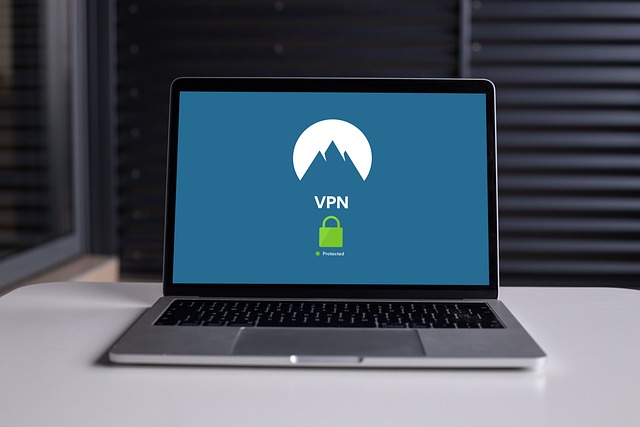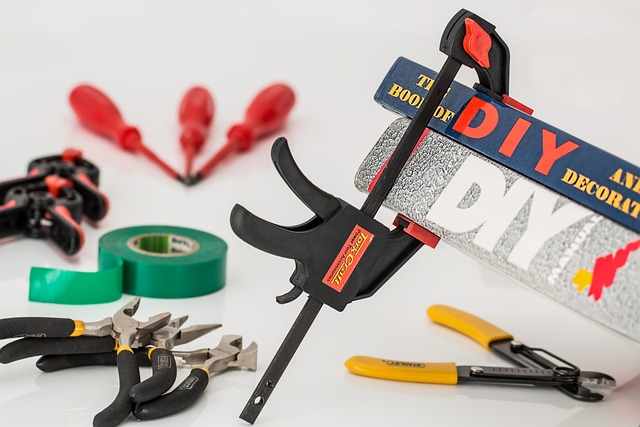Creating a DIY home security system involves balancing functionality and affordability. Assess your living space, choose user-friendly equipment like door/window sensors and motion detectors, and prioritize easy installation. Gather components, check compatibility, and strategically place them for optimal protection. After installation, test functionality, perform regular maintenance, and ensure peace of mind with a well-maintained, budget-friendly system suitable for beginners.
Looking to enhance your home’s security without breaking the bank? This comprehensive guide is your key to installing a simple yet effective DIY home security system. We’ll walk you through understanding your basic needs, choosing the right equipment for a budget-friendly setup, preparing your home, and a step-by-step process for installation. By following this beginner’s guide, you’ll be well on your way to a safer, more secure living space.
- Understanding Your Basic Security Needs
- Choosing the Right Equipment for Your Budget-Friendly System
- Preparing Your Home for Installation
- Step-by-Step Guide to DIY Home Security Setup
- Testing and Maintaining Your New Security System
Understanding Your Basic Security Needs

Before diving into the installation process, understanding your basic security needs is crucial for setting up an effective DIY home security system. A simple yet robust home security setup should cater to essential components like monitoring entry points (doors and windows), detecting motion within specific areas, and providing a means of remote access or alerts. Consider your living space: is it a single-story house or a multi-level building? How many rooms require monitoring? The answers to these questions will guide your choice of equipment, such as door/window sensors, motion detectors, cameras, and an alarm system.
Budget-friendly security systems offer various packages tailored for different needs and preferences. As a beginner, opt for user-friendly options that align with your basic security goals. This might include a centralized control panel, a mobile app for remote monitoring, and basic equipment like door/window sensors and motion detectors. Many modern DIY home security solutions are designed for easy installation, making them perfect for those new to home security. Remember, the goal is to create a layer of protection that fits your lifestyle without overwhelming you with complexity.
Choosing the Right Equipment for Your Budget-Friendly System

When creating a DIY home security system, it’s essential to strike a balance between functionality and affordability. Start by assessing your needs and identifying must-have features for your basic security setup. A budget-friendly system doesn’t mean sacrificing quality; there are numerous options available that offer excellent value without breaking the bank. Look for packages that include door and window sensors, motion detectors, and a control panel—the backbone of your DIY home security venture.
Prioritize equipment with clear instructions and user-friendly interfaces to make installation a breeze, especially if you’re new to setting up a home security system. Many modern systems now come with smartphone connectivity, allowing you to monitor and control your security from anywhere using your phone or tablet—a convenient feature that adds peace of mind without significantly increasing costs.
Preparing Your Home for Installation

Before diving into the installation process, preparing your home for a basic security system is a crucial step. Start by assessing your home’s layout and identifying potential entry points—windows, doors, and any other vulnerable areas. Clear away obstructions that might hinder easy access for both you and the security equipment. Ensure every family member understands where the emergency exit is located and has a clear evacuation plan in case of an unexpected incident.
This DIY home security setup requires minimal tools and materials, making it accessible for beginners. Gather all necessary components—such as security cameras, door/window sensors, a control panel, and alarm keys—and lay them out according to the user manual. Double-check that your chosen system is compatible with your home’s electrical wiring and internet connection. A well-prepared home not only facilitates a smoother installation process but also contributes to a more secure living environment.
Step-by-Step Guide to DIY Home Security Setup

Setting up a basic security system yourself can be a cost-effective and accessible way to enhance your home’s safety. Here’s a beginner’s guide to DIY home security setup, focusing on creating a budget-friendly yet effective basic security system. Start by assessing your home’s needs: identify entry points like doors and windows that require protection. Next, choose suitable devices based on these points; common options include door/window sensors, motion detectors, and cameras.
Acquiring each component individually is affordable, with many products available at hardware stores or online. For a simple setup, opt for wireless sensors for ease of installation and flexibility. Mount window and door sensors firmly, ensuring they are secure yet easy to remove in case of false alarms. Place motion detectors strategically, considering areas like entryways and living spaces. Cameras offer added peace of mind; position them to capture key areas while respecting privacy. Once installed, configure each device according to the manufacturer’s instructions, linking them to a central control panel that allows you to monitor activity and set triggers for alerts.
Testing and Maintaining Your New Security System

After successfully installing your new home security system, it’s crucial to dedicate time for testing and maintaining it to ensure optimal performance. Start by familiarizing yourself with each component and understanding how they all work together. Test the sensors, cameras, and alarms to verify their functionality. A basic security setup usually involves motion detectors, door/window contacts, and a central control panel—all these need to be checked for accurate trigger responses. For a DIY home security approach, follow manufacturer instructions for testing each device and ensuring they’re connected properly to your network.
Regular maintenance is just as important as initial setup. This includes checking battery levels in all devices (especially important for wireless setups), updating software or firmware when notified by the manufacturer, and cleaning sensors to prevent false triggers. Additionally, keep an eye on any signs of damage or wear and replace components as needed. A well-maintained budget-friendly security system can offer years of reliable protection, giving you peace of mind knowing your home is secure. For beginners, consider a simple do-it-yourself (DIY) home security solution that aligns with your skill level and provides an easy installation process.
